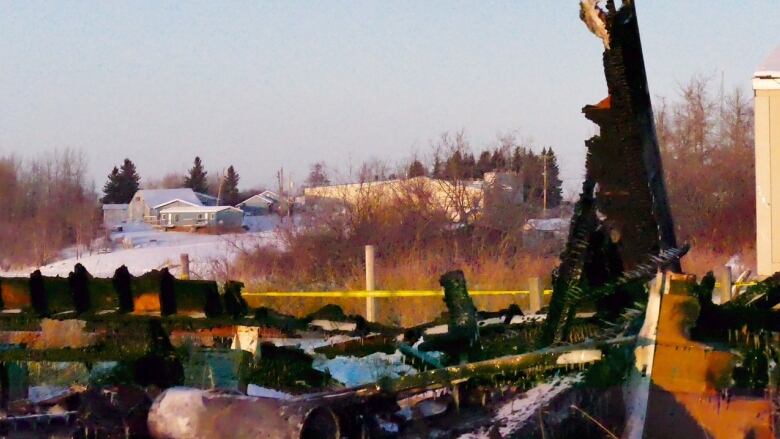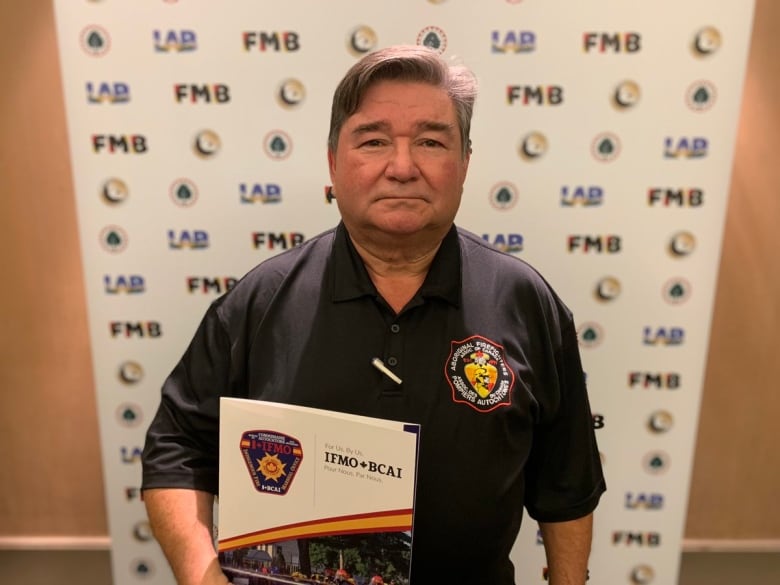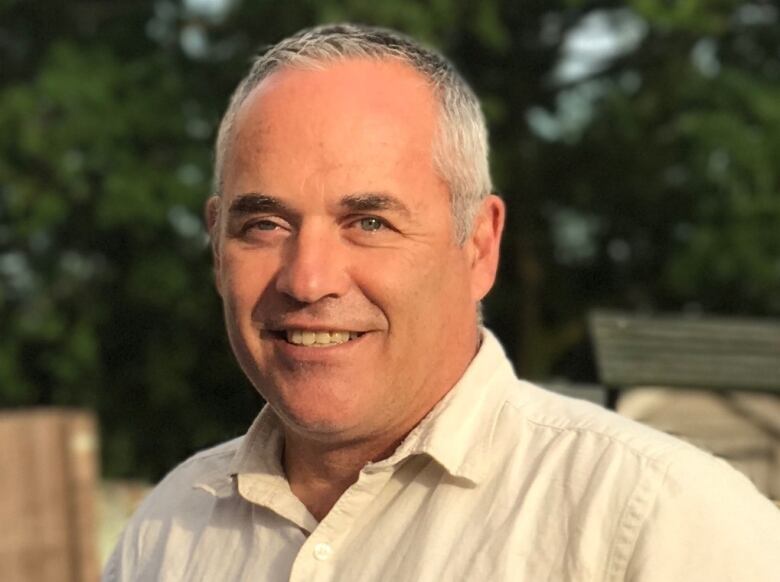New fire marshal's office will aim to prevent fatal fires in Indigenous communities
'They want us to do action on whats causing people to die'

Homes hollowed out by fire have become an all-too-common sight in Indigenous communities across the country, prompting a plan to create a nationalIndigenous Fire Marshal's Office to fix glaring gaps in fire prevention programs across Canada.
"Fire deaths on reserve [are] 10 times the mainstream average and that's just unacceptable," said Arnold Lazare, a member of the Kahnawake fire brigade south of Montreal and theproject lead for the Indigenous Fire Marshal's Office.
"What people would like and they've been very clearthey want us to do action on what's causing people to die."
Just last month,a family of five died in a house fire in a First Nation in northwestern Ontario.
The federal government has no current data on the number of fatal fires in Indigenous communities. It stopped collecting data regarding on-reserve fires in 2010, according to a report of the standing committee on Indigenous and Northern affairs that was released in June 2018.

There is no national fire prevention act for Indigenous communities, meaning there is no standardized process to make sure buildings meet any kind of fire safety requirements, said Blaine Wiggins, executive director of the Aboriginal Firefighters Association of Canada.
He said some Indigenous communities have well-established rules around fire prevention while others have almost none, and there is no uniform set of guiding principles.
In non-Indigenous communities, fire prevention falls to the provinces to administer through the office of a fire marshal or fire commissioner. Their offices are usually also responsible for fire and building safety.
But most Indigenous communities are under federal jurisdiction and fall outside the authority of provincial fire marshals.
Major safety differences
That has led to major differences in fire safety between non-Indigenous and Indigenous communities.
"One example of that is currently all houses now are required to have some type of smoke alarm, some detection system, which is legislated, versus First Nations communities where we don't even have that basic legislation," said Wiggins.
Changes are in the works, however. In this year's federalbudget, the government indicated funding would beallocatedover the next three years for an Indigenous Fire Marshal's Office.
The money for the office is part of $49.4million the government pledged to provide Indigenous communities this year to better support emergency management. The government has promised to keep that cashcoming for the next five years.Exactly how much of that money will go to the Indigenous Fire Marshal's Office hasn't been finalized,said Lazare.

"Ninety-eight per cent of our work has to be shifted to ensuring we have safer communities, public education, awareness, safer homesand ...just preventing fires and trying to eliminate them," said Wiggins.
- 'The system is broken,' Ontario First Nations firefighters say of fire protection in Indigenous communities
-
First Nations 10 times more likely to die in house fires: report
The organizers setting up the office will travel around the country meeting with people in Indigenous communities to see what services they would like the office to provide, said Lazare. Once that is complete, a central office is expected to be set up in Ottawa,with regional offices then going into place across the country.
Astaff of regional fire marshals will be hired and about 70 full-time jobs will be created in all. Lazare expects that it will take three years to get all that done and have the office up and running.
Some of the duties the office could perform include helping to develop fire bylaws, training fire departments, makingsure firefighting equipment meets certain standards and promotingfire safety.
Lazare said getting out and spreading information about fire prevention and fire safety is key to saving lives.
"I know it saves lives. In our home community we have a Grade 1 student who woke up and heard the smoke detector and got his family out based on the lessons of the fire prevention people."

Once set up, it's estimated that the new fire marshal's office will cost $16 million a year to run.
Creating the new office is a great idea, according to the organization that represents fire marshals across the country.
"We certainly see it as a very positive step forward to establish this office and to enable the supports to be given to the Indigenous communities the same as other communities currently receive," said Gordon Anderson, president of the Council of Canadian Fire Marshals and Fire Commissioners.
- First Nation fire safety hurt by lack of standards, chief says
-
Inquests in fire deaths find First Nations need 911, better fire protection
MORE TOP STORIES












_(720p).jpg)


 OFFICIAL HD MUSIC VIDEO.jpg)
.jpg)



























































































